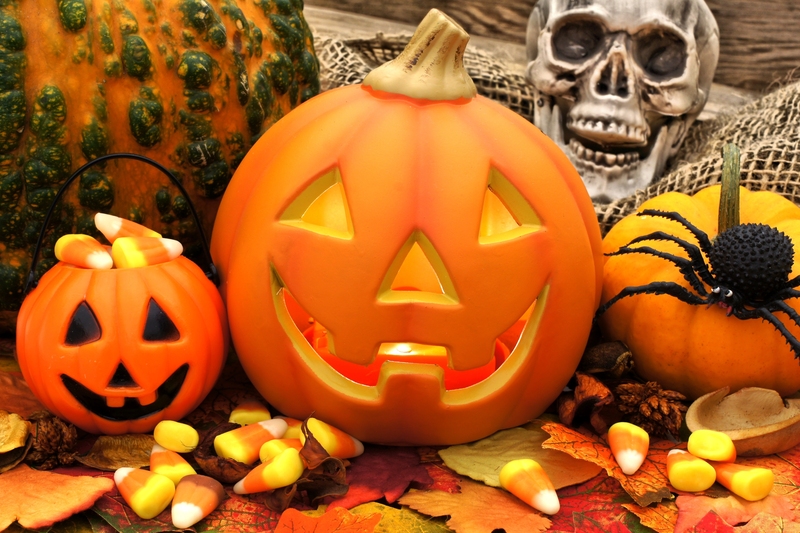Famous Artwork with Flower Motifs
Posted on 04/11/2024

Flower motifs have long been a favorite subject among artists, symbolizing a range of emotions, themes, and cultural significances. From the realism of Dutch still-life paintings to the vivid impressions of Van Gogh, flowers in artwork offer both beauty and depth. This article delves into some of the most iconic pieces of art featuring flowers and explores their enduring impact on the world of art.
[HTAG0]
Claude Monet, one of the leading figures in the Impressionist movement, is renowned for his series of *"Water Lilies"* paintings. These works, created over the last 30 years of his life, capture the tranquil beauty of the water garden in his Giverny home. The reflective nature of the water, combined with the delicate blossoms of the lilies, makes these paintings a serene yet powerful meditation on nature.
[HTAG1]
Vincent van Gogh's *"Sunflowers"* is a series of still life paintings that have captivated art lovers for decades. Created in Arles in 1888-1889, these vibrant works reflect Van Gogh's fascination with color, light, and the fleeting beauty of flowers. The sunflowers in these paintings appear almost as living entities, full of movement and intensity, emblematic of Van Gogh's unique style and emotional depth.
[HTAG2]
Georgia O'Keeffe is often referred to as the "Mother of American Modernism," and her *"Red Canna"* paintings are some of her most celebrated works. Through a magnified view of flowers, O'Keeffe explores their intricate shapes and colors, transforming them into almost abstract forms. These works invite viewers to appreciate the natural world in new ways, emphasizing the complexity and wonder of floral motifs.
[HTAG3]
Jan Brueghel the Elder, a Flemish painter, specialized in floral still life paintings during the 17th century. His work *"Flowers in a Vase"* meticulously captures a variety of flowers, each rendered with extraordinary detail and realism. Brueghel's compositions often include symbolic elements, representing various virtues and the fleeting nature of life.
[HTAG4]
Gustav Klimt, an Austrian symbolist painter, created *"Flower Garden"* during the early 20th century. This painting is a riot of colors and patterns, depicting a densely packed garden in full bloom. Klimt's unique approach combines elements of realism with abstract, decorative techniques, making it both visually stunning and rich in symbolic meaning.
[HTAG5]
Pros:
- Flowers as subjects can evoke a wide range of emotions and themes, from beauty and tranquility to life and death.
- Floral motifs allow for rich color palettes and varied compositions.
- They provide opportunities to explore cultural symbols and significances.
Cons:
- Some may view flower motifs as overly traditional or clich?d.
- Floral subjects can be seen as less avant-garde compared to more abstract or conceptual art forms.
- The symbolic meanings of flowers can vary dramatically across different cultures, potentially leading to misinterpretation.
[HTAG6]
- Take note of the specific flowers used in the artwork and research their symbolic meanings.
- Pay attention to the color palettes and how they influence the overall mood of the piece.
- Consider the historical and cultural context in which the artwork was created.
- Look for underlying themes or messages that the artist may be conveying through their use of flowers.
[HTAG7]
- Flower motifs are deeply rooted in art history, representing a wide array of themes and emotions.
- Iconic artists like Monet, Van Gogh, and O'Keeffe have all utilized flowers to profound effect in their work.
- Understanding the pros and cons of floral art can enhance your appreciation and critique of such pieces.
[HTAG8]
In conclusion, artwork featuring flower motifs holds a special place in the history and evolution of art. Whether it's the dreamy impressionism of Monet's lilies or the vibrant intensity of Van Gogh's sunflowers, floral motifs provide a versatile and emotionally rich subject for artists. By exploring these famous works, one gains a deeper appreciation not only of the artistic techniques but also the cultural and personal significance these flowers embody. While there are both pros and cons to using flower motifs, their enduring presence in art underscores their universal appeal and profound impact.

Latest Posts
Unlocking the Full Potential of Your Hydrangeas
Nurture Your Orchids with Expert Advice
Simplify Office Decor: 10 Best Low-Maintenance Indoor Plants
Keep your holiday poinsettias vibrant longer
Your Birth Flower and Its Surprising Revelations About Who You Are







